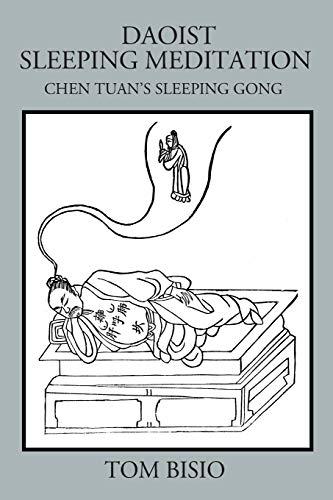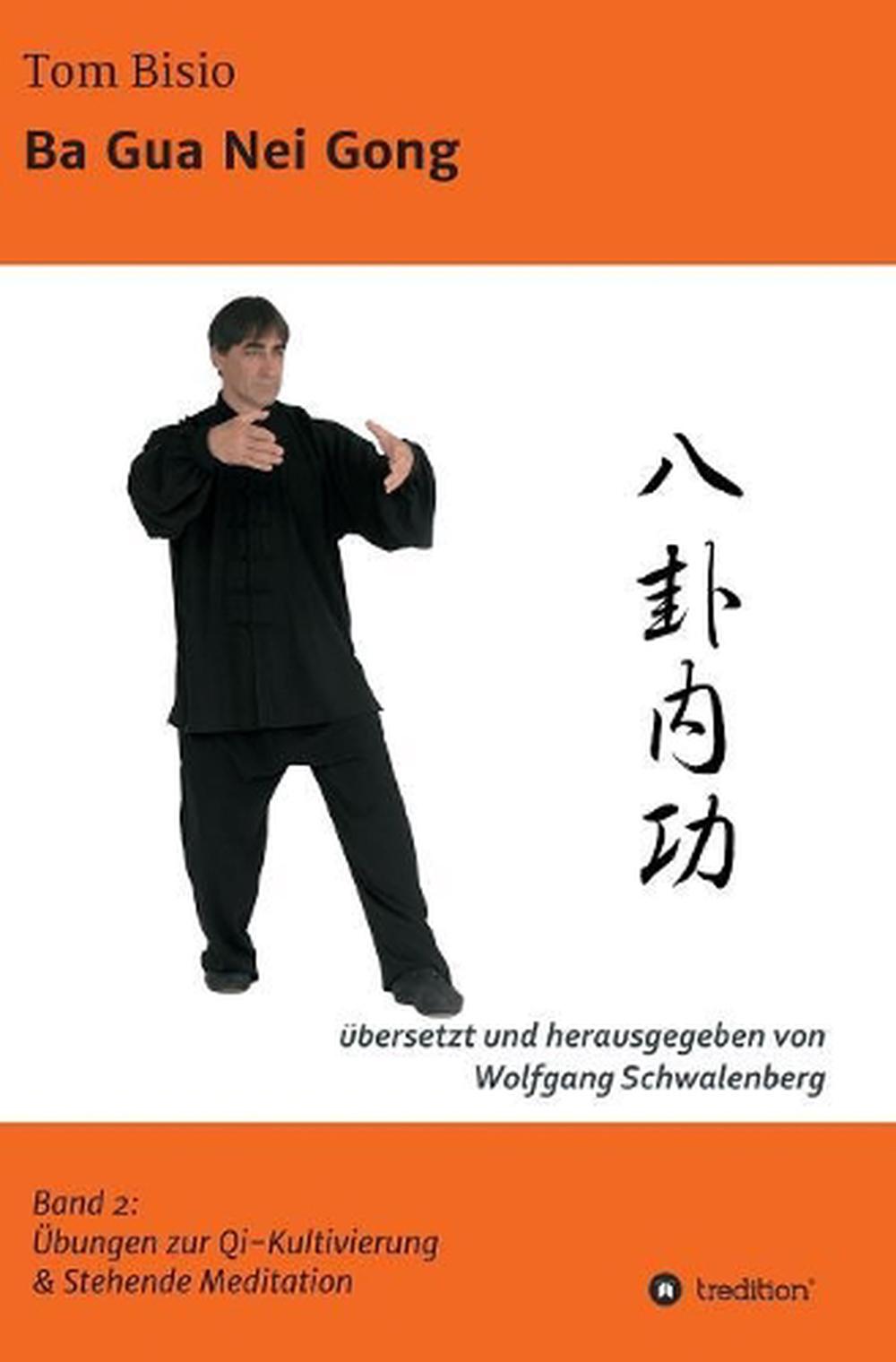

Through friendly instructional exchanges, sparring duels with other recognized family and system leaders, and direct combat resulting in the death of the enemy, the system of Pekiti-Tirsia was continually trained, executed, and validated. These generations of Tortal family leaders utilized the laboratory method of research and testing of combat Bladefighting tactics and techniques. Balbino was later shot and killed by Japanese soldiers in the area of Barangay Conception, Talisay, Negros Occidental, in 1945 after disarming a Japanese officer of his samurai sword and killing two soldiers who attempted to bayonet him. Of the five brothers, Conrado was chosen as inheritor of the system with Balbino as one of his principal training partners. Segundino taught his five sons Balbino, Tedoricio, Francisco, Quirino, and Conrado. Norberto Tortal taught the system to his son Segundino Tortal. Oral history of the Tortal family testifies to four generations practicing the family system of Pekiti-Tirsia.

Pekiti-Tirsia is a traditional family system of Filipino martial art that traces its existence back to a time and era when carry and use of the bladed weapon was common and required among most men. Tortal, passed this system and its attributes onto his only grandson, the sole heir and its present guardian, Grand Tuhon Leo Tortal Gaje, Jr. The family patriarch and Grandmaster of Pekiti-Tirsia, Grand Tuhon Conrado B. The Pekiti-Tirsia system of Kali originated in the provinces of Panay and Negros Occidental in the Philippines and was formulated and perfected by the Tortal family. The triangle serves as the basis for footwork, striking, and the tactical principles of close quarters combat. It encompasses all traditional weapon categories and is formulated on the strategic principle of the Triangle. Pekiti-Tirsia is system and technology of combat fighting with the Blade. Thad Wong who is a guest instructor at the school is a senior student of Tom Bisio and is certified to teach as an Advanced Instructor.The Pekiti-Tirsia Kali system is one of the few remaining authentic and complete Filipino combat systems in existence today.

He has a long history training in shaolin arts, but is moving towards bagua. He is certified to teach as a Foundation Level Instructor. Joe Wieland at is learning his bagua under Tom Bisio in the liang zhenpu style. The last issue is what do you want to learn from the teacher? Are you looking to learn practical fighting skill? Do you want to learn the health benefits of the art? Do you have some other agenda? A teacher with no senior students is a red flag in my opinion. Do the senior students move the same way the teacher does? Are the able to demonstrate most of the same abilities as the teacher? I'm always curious to know how long the senior students have been with the teacher as well. In order to do so, you'll need to observe the teacher, as well as some of the senior students. The second issue is whether or not the teacher is able to pass their knowledge down to the students. They may not be able to comment on the specifics of baguazhang, but they should be able to assess a teacher's overall ability. If you have friends who are experienced at martial arts, you can ask them for their opinion. who did they learn from, how long did they study under their teacher, what credentials do they have to teach, have they studied any other arts, have the competed, etc.) You can also compare what the teacher says to information that you find in books on the art. Some general markers would be how well that teacher is regarded within the community and what the teacher's background is (ie.

This is extremely difficult to answer without experience. The first is whether or not a prospective teacher has actual ability. There are several factors at play in answering this question.


 0 kommentar(er)
0 kommentar(er)
